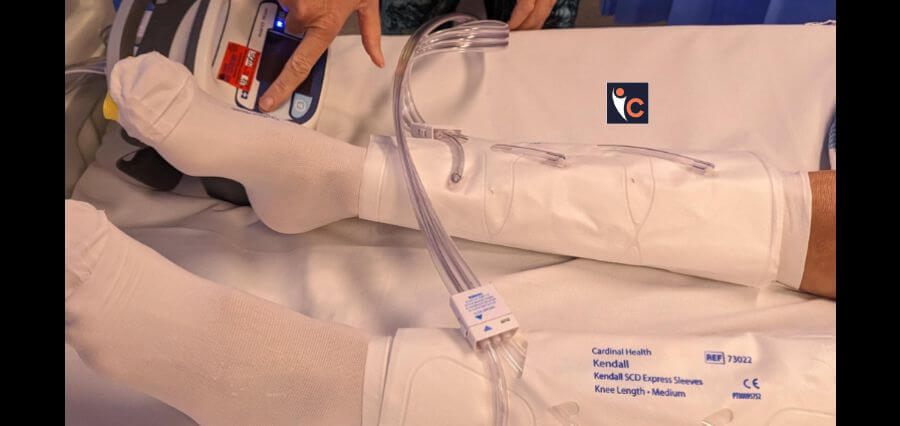Researchers presented the findings of the Long-coronavirus disease (COVID) in Scotland Study (Long-CISS), conducted across Scotland among the general population.
The prevalence of long-COVID been documented in most studies at a single time point. Furthermore, studies have measured outcomes in hospitalized, older patients with specific issues (e.g., mental health) rather than the general population. They also lacked a control group with which to make comparisons.
Even though a better understanding of the scope and natural course of long-COVID is critical to provide care and support to its ever-growing patient population.
In Brief about the Study
Researchers used serial questionnaires filled out by enrolled participants at six, twelve, and eighteen months after the first positive reverse transcription-polymerase chain reaction (RT-PCR) test to investigate the natural history of long-COVID in the Long-CISS cohort.
The recruited participants also self-reported their recovery status (fully, partially, or not recovered) after being diagnosed with COVID-19 and the prevalence of its 26 symptoms. They also disclosed their pre-existing conditions and quality of life (QoL). The researchers calculated the median EQ-5D score of the two study groups after six and twelve months.
Findings from Study
Twelve,947, and 4196 of the 80,332 people with RT-PCR-diagnosed symptomatic COVID-19 completed questionnaires at six- and 12-month and six- and 18-month follow-ups, respectively. The number of people in the control group who completed questionnaires at six-, 12-, and 18-month intervals was 11,026 and 1,711, respectively.
At six- and 12-month follow-ups, 41% of the study cohort self-reported full recovery, while 35% reported no recovery, with 12% reporting improvement and another 12% reporting deterioration. Before contracting COVID-19, 12% of those whose condition deteriorated between six and twelve months had depression. Follow-ups at six and 18 months revealed a similar pattern.
Fortunately, symptoms such as altered smell, taste, or brain fog resolved over time. After controlling for potential confounders, however, the COVID-19 group reported dry cough, productive cough, and hearing problems between six and 18 months of follow-up, which did not resolve independently.
As a result, different symptoms drove these disparate recovery paths. Research has suggested that severe acute respiratory syndrome coronavirus 2 enters the ear via angiotensin-converting enzyme 2 (ACE2) receptors. Furthermore, it causes long-term hearing loss. People barely reported any changes in recovery status or symptoms after six months of symptomatic COVID-19.
However, until 12 months, 70.7% of the study group had at least one persistent symptom, such as fatigue or dyspnea. The prevalence of these symptoms was also high in the comparison group, emphasizing the significance of having a control group.
To Conclude
In many cases, long-COVID appeared to be stable, with many people self-reporting improvement and deterioration. Potential confounding factors, however, could not explain the findings of late-onset cough and hearing problems 12 months after infection. Thus, future studies with longer follow-ups should examine the underlying causes of the long COVID symptoms.
Read More News: Click Here















